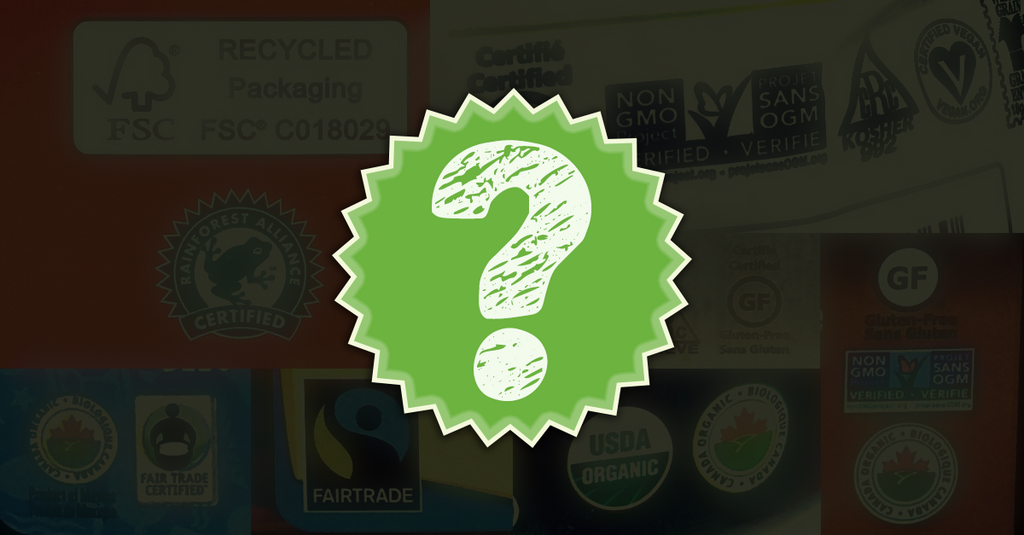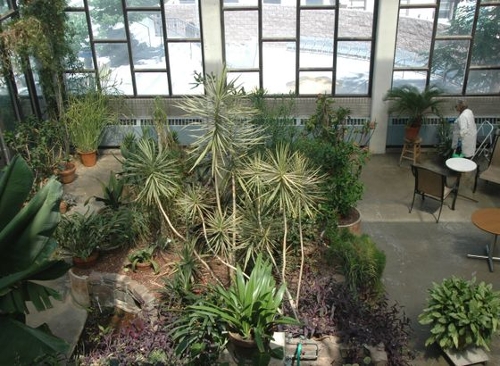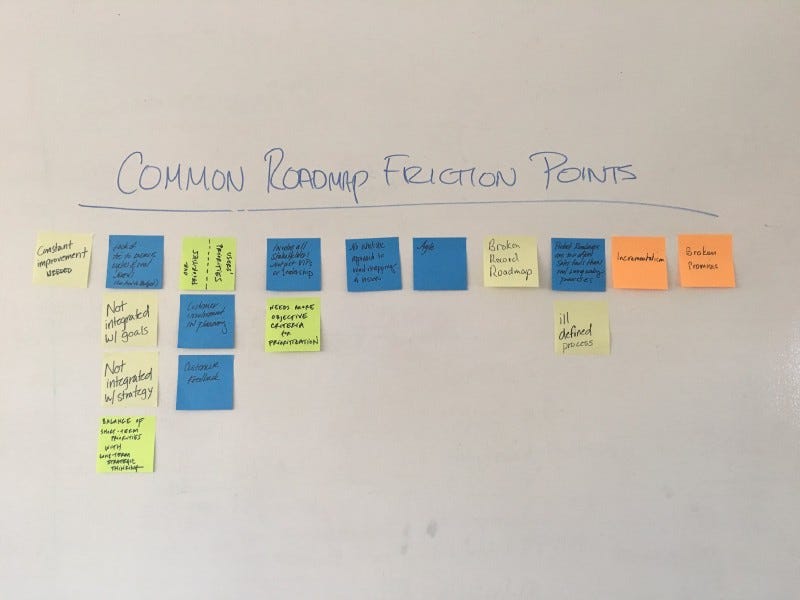Once this has been done the soils are well suited to many farm and horticultural crops. The soils have very weak structure, and subsurface compaction can result in surface wetness. This has been noted on Everingham soils where sugar beet has been harvested in December after the soil has returned to field capacity. The compaction can be overcome by subsoiling, preferably early in the following autumn, when the soil is dry.
Direct drilling is not recommended because, unlike conventional cultivations, it does not break up compacted layers that form below the surface during the growth and harvesting of the previous crop. Wind erosion is common during dry spring weather, especially on exposed ground. It can be reduced by marling or by reducing the area of spring-sown cereals, and thus of bare ground.
Gradual increase of the organic matter content of the soil, if feasible, would reduce wind erosion in the long term. The simplest way to see if your soil has a hardpan or compaction layer below the surface is to take a metal rod and walk around your property sticking it into the ground. If you can't easily push the rod into the soil at least 6 to 8 inches deep, then you need to improve the aeration of your soil. If you push it down and consistently meet resistance at a certain depth, then there may be a hardpan layer.
To further check for a compaction layer, dig a 1- to 2-foot-deep hole in the garden and look at the profile. Another way to tell if you have a hardpan layer is to dig up a plant and examine the roots. If they're white, vigorous, and well branched and extend at least 6 to 8 inches deep, then your soil has good structure. If the roots are 1 to 2 inches deep, mushy, and gray colored, they are infected with a bacterial rot. If they are shallow, brittle, and black, they're infected with a fungal rot.
Both diseases are enhanced by poor drainage either from a high water table or a compaction layer. The easiest and most effective way to boost organic matter and improve soil quality in gardens or fields is to grow a cover crop in fall. Areas with hardpan or compacted soil are most improved by growing annual ryegrass as a cover crop or green manure. The dense roots of annual ryegrass can grow three to five feet deep and efficiently take up nitrogen and other nutrients for next spring's vegetable or ornamental plants. Turn the annual ryegrass over into the ground in spring before the grass goes to seed. The newly released "Cut Breaker" is a special subsoiler that can reach and break up deeper layers of compacted soil than the conventional subsoilers.
It is a solution for fields with poor drainage caused by soil compaction. Attached to tractors or bulldozers, the single to triple V-shaped blades cut into the soil in the depth of between 30 ~ 70 cm and break up the hardpan soil. It creates up to three rows of crushed soil, in size of 10 cm-width on the bottom and a maximum of 80 cm-width on the top.
The soil inside these rows has enough air permeability, and the texture is loose enough to let the water go into the underground. Improved soil condition promotes crop roots to grow and develop well, resulting in higher yield. The effect of the subsoil improvement using the "Cut Breaker" lasts for several years. Therefore, the treatment is appropriate for the fields with a long-term plan of growing crops other than rice. Soil that is compacted can have dramatic affects on the productivity of berry plantings.
A hardpan will restrict the movement of water down through the soil resulting in poor drainage. The depth of subsoiling should be no more than a few centimeters below the zone of compaction because any deeper uses more energy and risks the potential of deeper compaction. The best time to subsoil is when the soil is dry, (e.g. August) so that the hardpan shatters. If subsoiling is done when the soil is too moist the hardpan will not be properly disrupted. A cover crop should be established after subsoiling to ensure that roots stabilize the cracks created. Every effort should be made to reduce tillage and traffic operations to prevent re-establishment of the compacted layer.
The key word here is 'perennial', as green manures are annual plants. A 'living mulch' of low-growing perennial legumes can provide many advantages to the health of your orchard. First of all it can replace the grass which aggressively competes with your fruit trees for water and nutrients. No-till farming or gardening means that vegetables and other plants are grown without plowing or tilling the soil. This planting method helps to sequester carbon in the soil and therefore contributes to fighting climate change. The roots of annual ryegrass will grow through hardpan and compacted soil in winter, growing deeper each year.
Despite periods of extremely high temperatures, moderate droughts, and wet winters, clover planted on newly created food plots struggled some, but overall did well and survived all 3 years. Because these food plots were "new" a hardpan was not present which allowed roots and water to penetrate deeper into the subsoil layers. During hot and drought-like conditions, clovers were able to utilize this deeper soil moisture to survive. Hardpan, or compacted soil, is a barrier to growing grass, vegetable crops and other plants, because plants are unable to take up sufficient nutrients and water. However, some grasses have roots that can break up hardpan.
Annual ryegrass (Lolium multiflorum spp.) is one of the most effective grasses in breaking up hardpan and compacted soil. Growing annual ryegrass improves soil drainage, adds organic matter to the soil and improves root development, facilitating nutrient and water uptake by plants. Compaction is most likely to occur with heavier soils like clay and loam, but when heavy equipment is used, sandy soils can become compacted. These are soil particles that are packed closely together. The problem may be compounded by events that have happened to the soil over the course of years.
The pore spaces are reduced to the point that air and water cannot move freely and plant roots cannot grow easily into the surrounding soil. The soil could remain overly wet longer than is healthy for the plants growing there. Generally speaking, subsoiling every 2-3 years is recommended to benefit soils, keep hardpans from developing and enhance plant growth/survival in food plots. A few areas that inevitably have soil compaction and benefit from subsoiling are logging decks and logging roads. It is not a coincidence that many food plots planted on logging decks appear stunted and are less productive than other food plots. When converting a logging deck or logging road into a food plot, the first step after clearing and cleaning the area up should be to subsoil.
Depending on soil types and conditions during the activity, skidders and other heavy equipment used during a logging operation can significantly compress underlying soils. If not addressed, food plot performance on logging decks or other compacted sites will be marginal at best. You can physically break up a claypan or plow layer by use of some type of deep tillage implement, such as a subsoiler or chisel plow. Finally, there are various forms of soil conditioners that employ the use of soil chemistry to help water and plant roots break through a hardpan.
Using newspaper and cardboard as an initial layer of mulch will dramatically increase the period of time before weeds start to show through. A carpet of newspaper, part of the 'sheet mulch' technique, can be used where there are existing weeds and grasses, such as under a fruit tree. Then spread an organic fertiliser or compost, make sure the soil is moist. Next tile the area under the tree with paper or cardboard, from the trunk to just past the dripline. This is a good way to reduce household waste paper entering the waste stream and instead return the carbon to the soil.
There is no advantage to weeding first because the weeds will decompose and add to the organic matter. Even better, the roots of the weeds will decompose and add organic matter deeper down in the soil. The decomposed roots then become passageways through the soil for air and water to penetrate. Earthworms love the cardboard treatment and it encourages them to stay actively working to improve the soil for longer in the warmer weather rather than retreating to deeper, cooler areas.
Soil compaction occurs anytime equipment passes through a field. Ideally, the distribution of solids and pore space will be 50% mineral and organic matter, 25% air, and 25% water. Compacted soils will have a higher percentage of solids and less pore space for air and water. The negative impacts of soil compaction include poor drainage, reduced seed germination, decreased root growth, decreased nutrient and water uptake, and overall reduced crop yield. Compacted soils in perennial beds will benefit from a yearly 1- to 2-inch-deep top-dressing of compost.
A compacted layer in annual beds can be broken up by double digging or deeply tilling the soil below the hardpan layer and mixing in generous amounts of organic matter. In some soils the thickness of the hardpan layer may require building raised beds or planting in a different location. Oftentimes, when homes are built, topsoil or fill is brought in to create the yard and landscape beds immediately around the home. Besides a light top dressing and grading and seeding, the outlying areas of the yard are left compacted by heavy equipment.
Down the road, when you go to plant something in these outlying areas of the yard, you realize the soil is completely different from the easy to work loamy soil around the house. Instead, this soil may be hard, compacted, clay-like and slow to drain. You're left with the choice of amending the soil or planting plants that will grow in hard clay soil. Continue reading to learn more about plants for compacted soil. A compacted soil lacks the interconnected air spaces that are essential to the movement of water, gases and plant roots.
Crop yields are most affected by compaction in dry years when plant roots, unable to penetrate compacted layers, cannot access much-needed subsoil water and nutrients. Water use efficiency is also greatly reduced as rain or irrigation water is unable to penetrate past the compacted layers of soil to refill the subsoil. Cultivating compacted soils requires higher amounts of energy. For a large vegetable garden, another solution is to grow a cover crop at the end of the season, then mow and turn in the following spring before planting. By mowing and turning the mowed tops in, the soil is additionally loosened. Cover crops could include annual ryegrass, winter wheat, winter rye, buckwheat, oilseed radishes and hairy vetch.
In loam, sandy clay loam and clay soil, a hardpan will often fracture into large clods when dug up which can only be broken with some force. Plant indicators include; poor root growth, swollen root tips and horizontal root growth as roots try to force their way through compacted soils. Roots growing through compacted soils can be confined to macropores, soil fractures or be at a reduced density. To protect our soils from erosion and summer heat we need to mulch them.
This provides organic matter as it decomposes and also creates habitat for insect predators. Farmers often cope with hardpan by using a chisel plow to cut and break up this dense layer of soil. Home gardeners can break up and mix the hardpan layer by "double digging" the soil. This involves removing 10 to 12 inches of topsoil, and then working organic matter into the 12-inch layer of material that lies below.
If the hardpan layer is not too deep, you can use a digging fork to puncture it and open up passages for air and water. If your soil will be fallow for more than one growing season, you can plant perennial or biennial green manures, such as clover or alfalfa. All cover crops should be tilled-in at least three weeks before the area is to be replanted, so the organic matter will already be partially decomposed at planting time. If you thought conditioner was just something you used in your hair, you might be wondering exactly what soil conditioner is.
Poor soil can be caused by compaction, hardpan soil, excessive amounts of clay, extreme sandiness, and more. Whether you're a fan of flowers and lush landscaping or you hope to enjoy the fruits of your labor in a vegetable garden, make sure to find the best soil conditioner for your use. Contact A1 Organics to learn about the soil amendments we offer. Recognizing that a hardpan exists is the first step in identifying a soil compaction issue. As you read in my battle with growing clover, it took me 3 years to figure out why the perennial clover plots were failing. After subsoiling the original food plots, clover was replanted…again!
Mother Nature put the fields to a test again as we experienced a few dry spells and extended periods of extreme high temperatures. Although they stressed some during these trying conditions, all of our perennial clover fields, including the older food plots where we had experienced so much trouble, made it. Subsoiling made all the difference in the world and without question increased growth and survival of our clover. Modify Construction Practices — When soil is moved or disturbed by activities such as grading, drainage patterns may be changed, affecting soil moisture conditions. Grade the soil during construction and landscaping so that no low spots are created at the planting site.
Maintain the natural horizons during grading or filling so that infertile subsoil does not become the top layer of soil. Drainage problems can be avoided by minimizing the amount of soil compaction that occurs at a site. Keep debris, such as rocks and bricks, out of the topsoil to prevent interfaces or changes in soil texture. Impervious surfaces, such as concrete and asphalt, can inhibit water evaporation from a site. This can cause poor drainage and excessive moisture conditions. Soils for berry crops should have an organic matter content of 3% or more.
The OM can fluctuate considerably up or down according to good or bad management practices. OM serves as a source of energy for helpful micro-organisms, and acts like a sponge, holding nutrients so they don';t leach but remain available to the plant. OM helps to build better soil structure; keeping heavy soils open and helping to bind together lighter soils. OM also facilitates air movement and the entrance and percolation of water into and through the soils.
In a dry year, plants growing in soil with low OM will not do as well as those in soils with adequate OM. Whether you have dry, sandy soil, silty soil, or wet, heavy clay soil, adding organic matter in its many forms will improve the soil structure. The ideal amount of organic matter in most soils is between 5 percent and 10 percent. Though not a good idea, at times, crops planted in fields that are worked wet seem to do better than those where growers waited for the right conditions to plant, but then got worse results. About half of a healthy soil is made up of mineral particles like sand, silt and clay plus organic matter.
That is the room for air and water movement around the mineral particles. Pore space is required in order to have a healthy environment for plant roots and beneficial microorganisms and earthworms to break down plant residue into organic matter. It can be used by attaching to tractors and agricultural bulldozers.
The "Cut Breaker" subsoiler can reach the deeper ground than the conventional subsoilers, up to a maximum of 70 cm depth from the surface. Soil compaction avoids surface runoff from being absorbed into the ground, causing a muddy field and wet damage. The "Cut Breaker" breaks up the compacted subsoil and improves soil condition, letting the surplus water to the ground and drainage pipes. Subsoil improvement using the "Cut Breaker" realizes better drainage leading to higher yield and stable crop production.
Tillage is the first option for many people when it comes to reversing the effects of compaction. Deep tillage is able to break up hardpans, but the effect it has on yield is variable. A hard pan is a compacted layer beneath the soil which very few roots can break through and is usually 1-2 inches thick. Also, be aware that continuous tillage like disking or plowing will cause a hardpan to develop just below the depth of the tillage and reduce soil structure.




























No comments:
Post a Comment
Note: Only a member of this blog may post a comment.